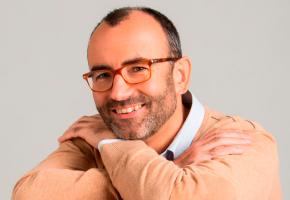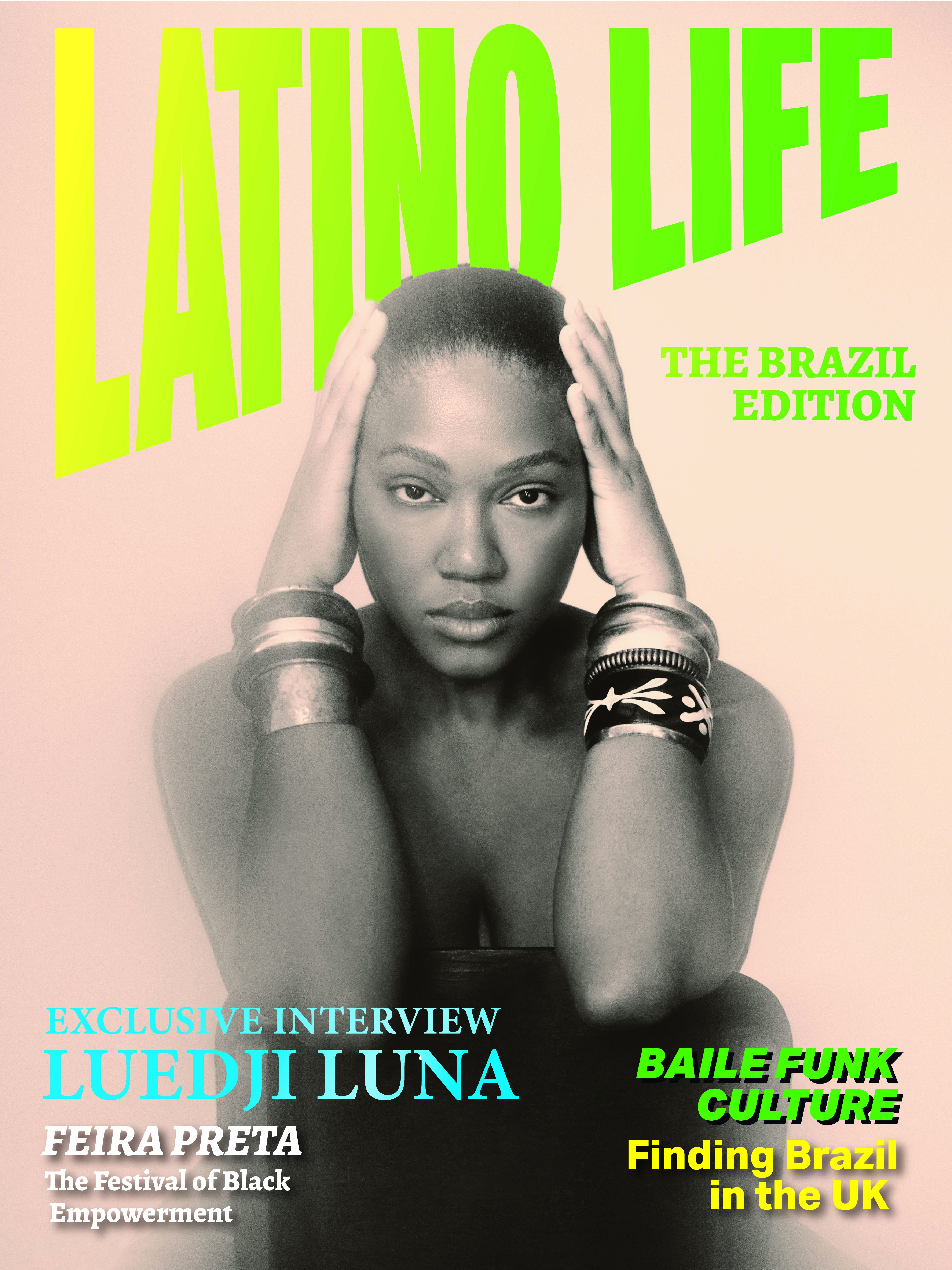Last March, Spain became the sixth country in the world to legalise euthanasia. It joined the ranks of Canada and the Low Countries (Belgium, Luxembourg, and the Netherlands), as some of the only places in the world where doctors can end the lives of patients who are suffering. The list excludes Switzerland – where euthanasia (though not assisted suicide) is still criminalised – but includes Colombia, where the practice has been legal since 1997.
‘So when I explain how euthanasia became legal in Colombia I say it was luck…’
I spoke to Camila Jaramillo Salazar, associate researcher at the Laboratory of Economic, Social and Cultural Rights (DescLAB) about her work on euthanasia and assisted dying in Colombia.
‘…It was not because there is a social movement here; it was not because we are very liberal or that we don’t have opponents; it was because a case got to our constitutional court and the justice decriminalised euthanasia.’
In 2014 the procedure was finally regulated by the Ministry of Health after almost two decades of confusion about whether doctors could legally perform it.
Martha
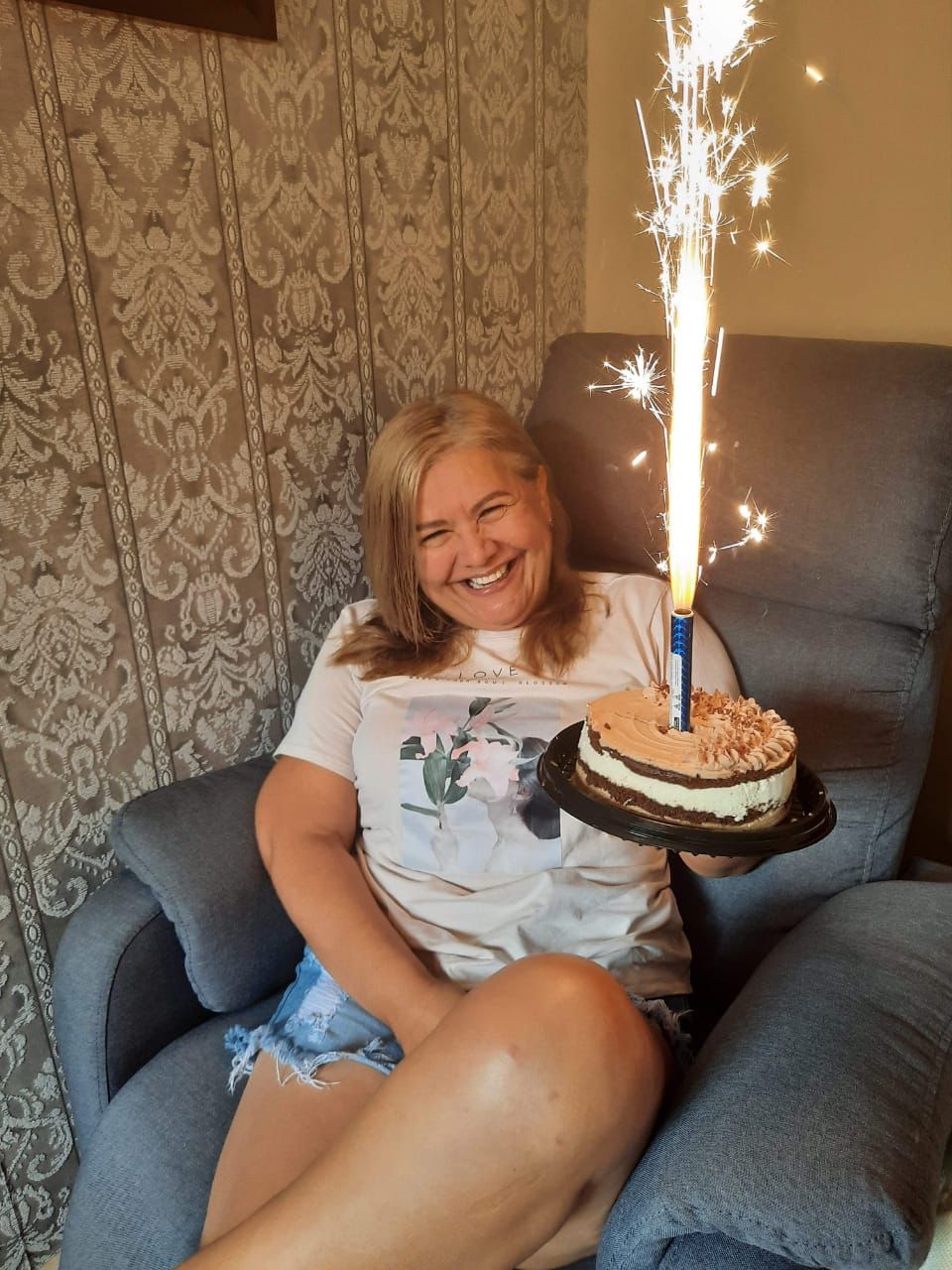
Four years later, a woman named Martha Sepúlveda was diagnosed with Amyotrophic Lateral Scleroris, a degenerative disease that immobilises its victims and destroys their motor neurons. In 2021 she made the decision to apply for euthanasia, four days after Judgement C-233 of the Constitutional Court had removed the terminal illness requirement. Previously, the Protocol of the Ministry of Health had stipulated that access to euthanasia required a fatal prognosis of less than six months.
‘It was really unfair – but not only unfair, it was a huge burden for a person to wait until they had six months to live. I just want to die because I don’t want to live the next months; I know they are going to be painful because I know my illness has no cure.’
Her application was successful, and the IPS Incodol (Colombian Pain Institute)’s Dignified Death Committee booked her procedure for Sunday 10th October 2021.
But on Friday 8th Martha received a letter from the IPS stating that her appointment had been cancelled, because ‘the patient has a high probability of life expectancy greater than six months’ and therefore did not ‘meet the termination criteria’.
‘The hospital said “yes, we’re going to approve the euthanasia.” But then we got into the media with the case because she was the first person in Colombia to get euthanasia with a non-terminal illness and then the hospital said “let me think… maybe we are not going to practice your euthanasia.”’
Martha enlisted the support of Camila and her team to file a tutela action for the right to a dignified death, human dignity, free development of her personality, and the right not to be subjected to torture, cruel, or inhumane treatment.
On 27th October last year, the 20th Civil Court of the Medellín Circuit ordered the IPS to carry out the procedure and confirmed Martha as the first person in Colombia to have access to euthanasia under the new rules. Patients were now eligible provided they had an incurable disease, but would not require a life expectancy of less than six months.
On January 8th 2022, Martha’s procedure was performed at the IPS in Medellín. She ‘died in accordance with her idea of autonomy and dignity’, according to her statement.
Assisted dying

The ruling was a landmark victory for her and her team, but Camila’s work is far from over. Colombia is the only country in the world where euthanasia is legal but medically-assisted suicide is criminalised. Camila and her colleagues at DescLAB argue that this contradiction violates several constitutional rights.
‘It’s just an incongruence in our judicial system that euthanasia is legal and regulated, but assisted suicide is a crime.’
Although doctors can legally perform euthanasia procedures, the Colombian Penal Code criminalises medically-assisted suicide. This prevents them from helping people to end their own lives. In September 2021 DescLAB filed a lawsuit against the Constitutional Court to overturn the provision.
Camila’s team argue that medically-assisted suicide should be legal on basis of the same criteria as for euthanasia:
- When the person has expressed their free, informed, and unequivocal consent
- When the person has a grave and incurable illness
- When, as a result of such a condition, the person is subjected to physical and mental suffering incompatible with their idea of dignity.
‘Those are the requirements for euthanasia so we’re asking for the same for assisted suicide, and we hope the constitutional court will decriminalise it. If you want to die you should get the help to die without pain, in a safe way, with company, and without the stigma of suicide.’
Part of their strategy is to change the language being used to discuss assisted dying.
‘We want to stop talking about euthanasia and assisted suicide and just about medical assistance in dying or assistance in the end of life. So this is a new step for advancing our rights in Colombia; a new conversation that is going to be difficult because the word suicide has a lot of weight – negative weight. We are trying to use a new language: not talking about suicide and euthanasia but assistance in the end of life because I think changing the language helps.’
Ana
A similar battle is being fought 1000 miles south of Bogotá, by the Ombudsman Office of Perú. Its legal team is led by Josefina Miró Quesada, a lawyer, journalist, and researcher in criminal law, human rights and criminology. We spoke about her work on a landmark euthanasia case she has been fighting over the past two years.
Euthanasia is illegal in Perú, and its Penal Code punishes ‘pious homicide’ with up to three years in prison. Two years ago, the Ombudsman Office’s team filed a claim against the Peruvian Ministry of Health, the Ministry of Justice and Essalud (Peruvian public health insurance system) to disapply the penal code in the case of her client, Ana.
Ana Estrada was diagnosed with Polymyositis at the age of 12, an incurable and degenerative disease that deteriorates motor capacity and paralyses most of the body. Three decades later, she published a petition demanding access to assisted death in a personal blog. In February 2020, the Ombudsman’s Office of Peru filed an amparo action on her behalf, on the basis that the statute criminalizing euthanasia violated her fundamental rights under the constitution.
The lawsuit was successful. The Supreme Court of Justice of Lima ordered the Ministry of Health and other entities to disapply article 112 of the Penal Code in her case, concluding that it violated ‘the rights to dignity, autonomy, free development, and the right not to suffer cruel and inhumane treatment.’
‘The Judicial Power accepted almost all requests of the lawsuit, except for the one to extend the protocol that would be carried out for Ana to similar cases.’
So while this is an important victory for Ana, the ruling was only the first step in the campaign to legalise euthanasia for everyone in Perú. On January 31st 2022 the Constitutional and Social Chamber of the Supreme Court of Justice resumed its final hearing of her case, and put it to a vote which will be held by the end of the current legal term.
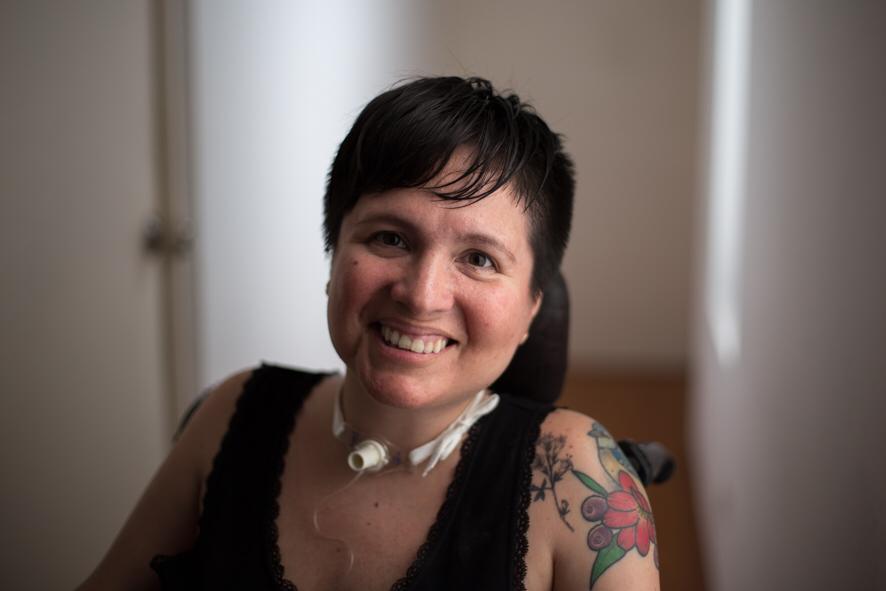
Constitutional rights
How was the ruling possible? The Ombudsman legal team was able to use the rights guaranteed by the Peruvian constitution to decriminalise Ana’s procedure. The ruling confirmed the doctrine of control difuso, which obligates judges to disapply any laws breaching the constitution in specific cases.
‘When you see the misapplication of the law, in this case a violation of human rights, then the judge can decide not to apply it. They have a duty to guarantee that the constitution is respected, and of course the constitution includes fundamental rights.’
The outcome of the Ombudsman’s case was based on an implicit reading of the right to a dignified death from Article 3 of the constitution. This approach has come under fire from conservative politicians and the press.
‘There are many people who say ‘wait a minute – then you’re doing judicial activism! What you do is a crime and you’re going over your competence. But the constitution does not say that judges are automatic applicators of the law; they should interpret the law. There is a very timid culture in terms of our legal culture – it’s very positivist. There’s no wider interpretation, questioning what the law says, or interpreting it in light of the constitution.’
Camila’s case on behalf of Martha adopted a similar strategy. Sentence C-233 overruled the terminal illness condition ‘by virtue of the normative nature of the Constitution and the principle of effectiveness of fundamental rights.’
‘The constitutional court is our biggest ally and has always been for these kinds of causes: drugs, abortion, euthanasia, same sex marriage... Everything in Colombia that is not possible in other countries is possible here because of the constitutional court.’
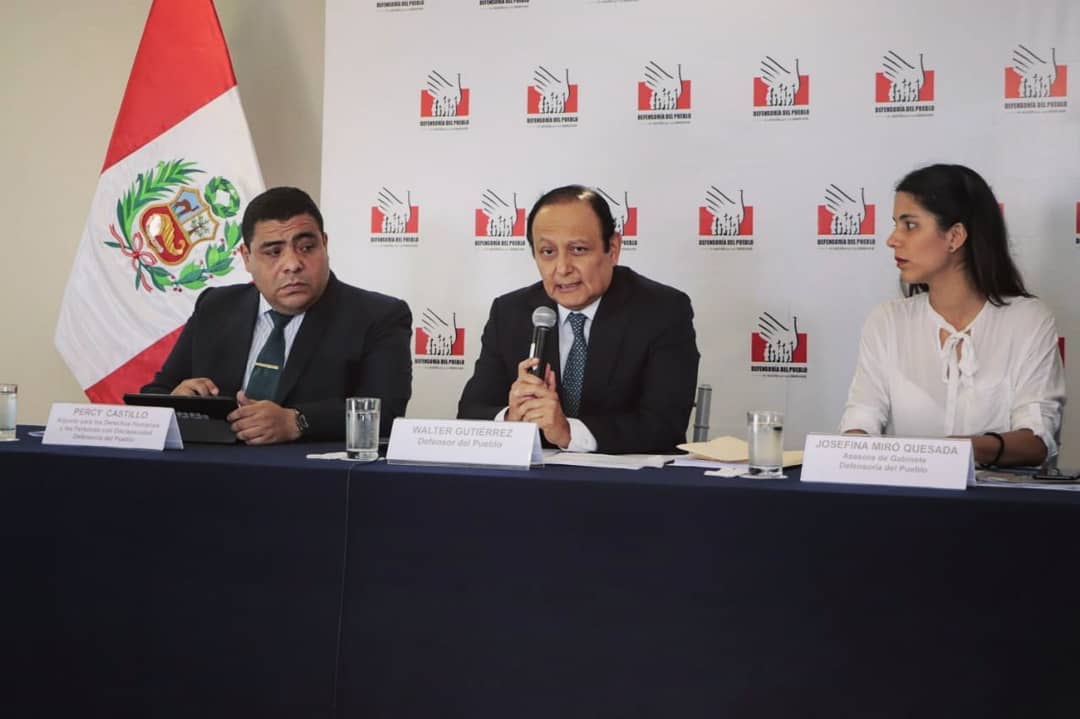
Opponents
As a result, Camila’s campaign has drawn criticism from pro-life representatives in Colombia’s congress.
‘They call themselves pro-life but I as a feminist call them ‘anti-derechos’ (anti-rights), because they don’t want other people to live their lives as they want. They are mostly Catholic and Christian, so obviously there is a religious issue going on. It’s not a surprise in Latin America.’
Likewise, in Peru, opposing euthanasia has become a major policy platform for conservative politicians. Josefina told me about presidential candidate Rafael López Aliaga, who targeted Ana as part of his campaign last spring.
‘“Why doesn’t she go on top of a building and jump from the building and kill himself?”, he asked. What kind of human says these horrendous things?’
Public opinion is more ambivalent. While the majority of Colombians support euthanasia (72.5%), in Peru polling suggests that 54% of the population are in favour, and 46% against.
‘For Catholic people the value of life is from God. And if God gives you life, he is the only one who is allowed to take it away right? But there are also many people that would recognise themselves as being Catholic who believe that God wouldn’t want people to suffer in that kind of way.’
Human rights
‘That’s one of the arguments in the Martha case that we want to explore’, said Camila about the relevance of freedom from torture, cruel or inhumane treatment.
‘Because you see in the international system that when we speak about torture, we always speak about it as an action done by the state to make someone confess information – like in Guantanamo – but some courts have been exploring other means of torture, such as by omission.’
This is an argument being made by campaigners in Italy, who are currently attempting to pass a referendum on euthanasia.
The development of human rights doctrines was of particular interest to Josefina, whose 2020 case reinterpreted the right to life as ‘biographical’ rather than ‘biological’.
‘One of the characteristics of human rights is that they are progressive. There are so many phenomena that appear through the passage of time; through the appearance of technology and the fact that people now live longer. There are new threats like nuclear weapons. There are so many new phenomena that those who wrote the Universal Declaration had no idea would appear years ahead. We would never think of internet as a human right but now we talk about it as such. We now talk about the right to live in an environment free of contamination, because we have seen there is a real threat to it.’

#DeathWithDignity
The lawyers are working together to create an international movement in support of death with dignity, but they have a long way to go. Camila was pessimistic about the prospects of implementation at the international level.
‘There is an obstacle because death with dignity is not recognised in any international law: not in the United Nations, not in any universal rights, so it’s a right created by each state. At least you have women’s reproductive rights in universal or international courts, but euthanasia is not in that scenario which makes it more difficult for a global movement to be organised.’
Josefina was more sanguine. She argues that euthanasia could become a human right through interpretation and that the international treaties do not necessarily need to be changed.
‘It’s a matter, for example, for the human rights committee to interpret the right to life, and they have done that: there are general recommendations from the human rights committee interpreting the international convention of civil and political rights. Of course, they don’t frame it as a human right to die with dignity, but they do at least recognise that this is not a violation of the right to life.’
Under the banner #TomaElControl (#TakeControl), Camila has been in contact with lawyers all over Latin America working on similar cases.
‘We have communication with another group in Argentina who are trying to pass four different laws through Congress. People in Ecuador write on our social media “when I come to Colombia you can help me practice euthanasia because I’m sick and in my country it’s not legal.”’
In Chile, a woman human rights defender called Cecilia Heyder has demanded the right to decide when to end her life. She recently filed a protection appeal against the San José Hospital and the Chilean Ministry of Health. Elsewhere in the Southern Cone, parliaments in Argentina and Uruguay have been debating palliative care and euthanasia.
‘You have Uruguay but there’s not a social movement – I don’t know why, I guess young people think they’re not going to die and young people are the ones that go out and speak and march and use social media.’
For Camila this is one of their major obstacles: encouraging young people to support the campaign.
‘Making young people fight for their right to die with dignity is difficult. We think we are not going to die. And talking about it isn’t fun – it’s not sexy. On our social media we use colours; we use language that is more appealing to young people, and we are trying to promote directives so you can say you want euthanasia in the future.’
She ended on a positive note:
‘We might not see it now but mentalities are changing. One of the consequences of this is seeing things that are expressions of human rights. So I think it’s fundamental to reframe it as such because it’s one of the most important expressions of freedom, liberty and integrity; because you don’t want to suffer in one of the most important stages of your life.
Nobody can avoid dying, right? The question is: can we can control it; can we can control the process of death? Can we intervene, can we decide not to suffer the way people historically have been? People don’t talk about it but now we are talking about it and that’s huge, because changes are achieved by speaking out and dem




